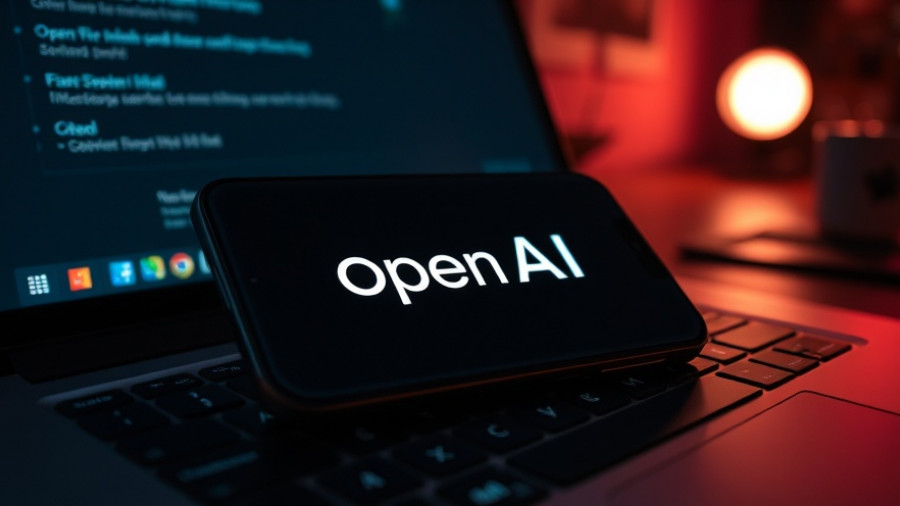
OpenAI’s Claims of a GPT-5 Mathematical Breakthrough: The Reality Check
In October 2025, a significant headline sparked curiosity within both the tech and mathematical communities—a bold claim emerged from OpenAI stating that its latest model, GPT-5, had solved multiple unsolved mathematical problems posed by the famous mathematician Paul Erdős. However, what followed was a swift unraveling of this announcement, marked by ridicule from competitors and a retraction from OpenAI itself.
The Announcement and Immediate Fallout
Kevin Weil, Chief Product Officer at OpenAI, took to social media to celebrate the supposed achievements of GPT-5, stating it had resolved “10 previously unsolved Erdős problems.” Accompanied by numerous supportive posts from other OpenAI researchers, this declaration positioned GPT-5 as a groundbreaking advancement in artificial intelligence. As excitement mounted, it quickly became subdued when mathematician Thomas Bloom, the custodian of an Erdős problems database, clarified the misunderstanding. He stated that these so-called 'unsolved' problems were simply open due to his personal ignorance of existing solutions, not because they had not been solved by mathematicians.
The Role of AI in Research: More Than Just Solving Problems
This incident underscores a critical learning moment for the AI community. While GPT-5 did not independently solve any of the problems, it did highlight its significant capability as a research tool. OpenAI researcher Sébastien Bubeck remarked on this, emphasizing that GPT-5 excels at literature searching, a valuable skill for researchers who frequently navigate complex databases.
Notably, mathematician Terence Tao also pointed out the utility of AI models like GPT-5 in speeding up mundane tasks such as literature reviews. The emphasis here is less about the AI proving new theorems and more about its potential to assist researchers by quickly surfacing relevant academic papers, valuable particularly in fields where information is scattered or terminology differs.
Industry Reaction and Future Considerations
The broader tech industry’s reaction was swift and critical. Competitors like Demis Hassabis, CEO of Google DeepMind, didn’t hold back, labeling OpenAI’s initial claims as “embarrassing.” This incident aligns with a growing narrative regarding the intense pressure companies face to deliver remarkable results, particularly in the commercial sphere as they pursue advanced monetization strategies. The competitive environment can push organizations to prioritize grand claims over factual integrity, which can ultimately undermine trust in their work.
OpenAI’s GPT-5 mishap serves as a reminder of the necessity of careful communication in an era where stakes are high, and scrutiny is constant. Future announcements around innovative technologies should be accompanied by rigorous validation processes to prevent misinterpretation and maintain credibility.
The Lessons Learned from the GPT-5 Incident
This event should motivate AI organizations to embrace transparency and integrity in their communications. As AI increasingly becomes a tool in scientific exploration, the focus should remain not only on the potential breakthroughs but also on the accuracy of the claims being made. AI like GPT-5 can support research and streamline processes, and as professionals in various fields adapt to using these innovations, trust must remain intact.
In conclusion, the situation with GPT-5 showcases the ongoing challenges and possibilities at the intersection of AI and research. The focus should not solely be on launching claims of groundbreaking achievements but rather on how AI can authentically serve the scientific community.
As we continue to explore these technological frontiers, it is crucial to highlight both the capabilities and limitations of AI. Clear communication and educational efforts can go a long way in ensuring that these tools are utilized responsibly, enriching our understanding of complex subjects rather than obscuring them in exaggerated claims.
 Add Row
Add Row  Add
Add 




Write A Comment